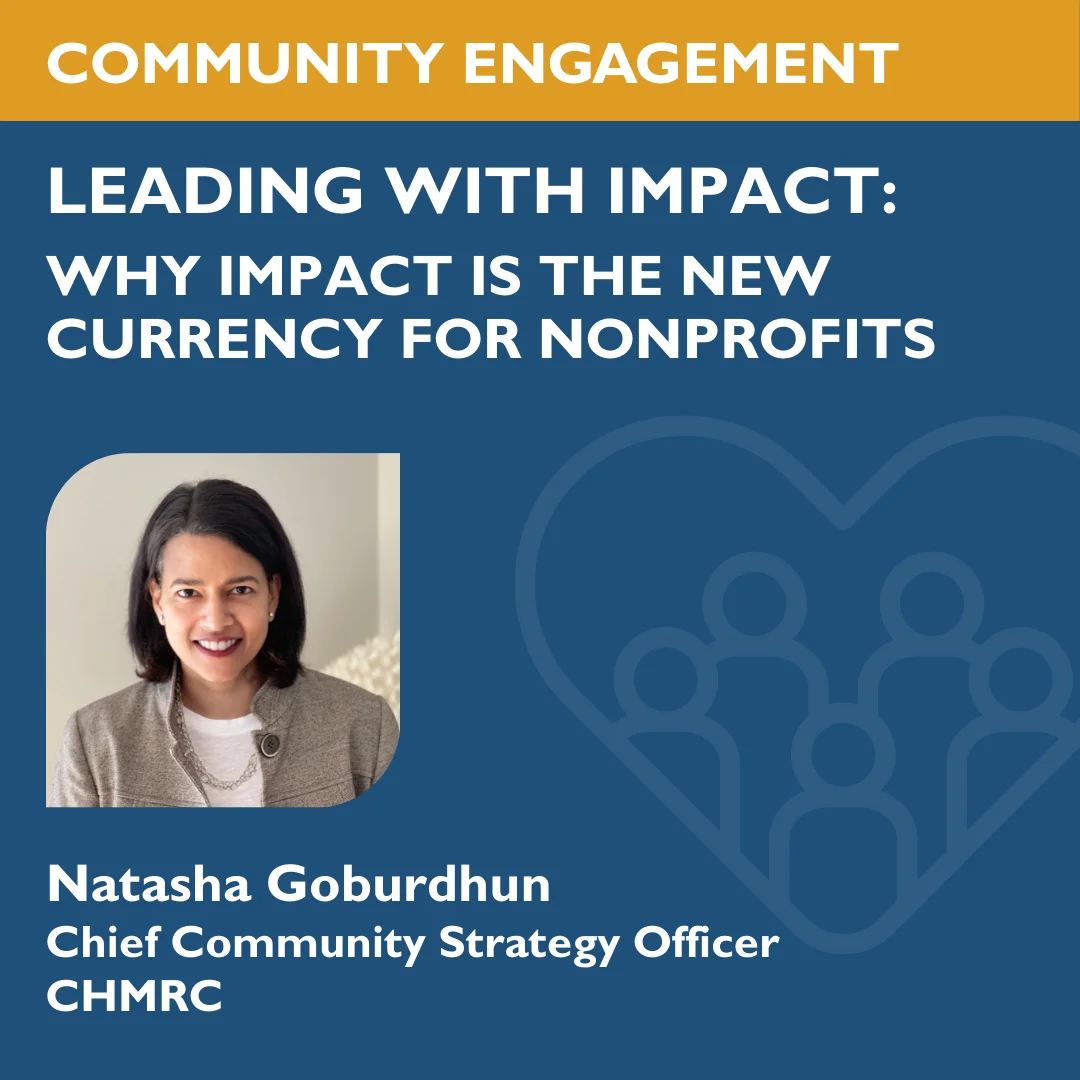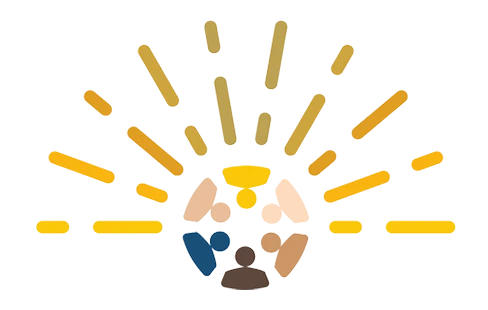
Beyond Grants: Why CBOs Must Lead with Impact
Community-based organizations (CBOs) are on the front lines of improving health outcomes and addressing the social determinants of health (SDOH), yet many remain underfunded and undervalued in traditional funding models. While grants and private donations remain important, the real challenge today isn’t just funding, it’s proving the value of the work in a way that moves dollars and decisions.
Traditional Funding Models Aren’t Built for Long-Term Change
Recent federal and state budget changes have left many CBOs scrambling to maintain essential services like food access programs, housing assistance, and chronic disease management. Private foundation grants, while valuable, often come with short timelines and potentially restrictive requirements that don’t align with the long-term nature of addressing SDOH. Solving complex health challenges like housing instability, food insecurity, or chronic disease isn’t a 12-month project. It takes time, trust, and community-rooted solutions.
Yet traditional funding rarely rewards that kind of deep, adaptive work, leaving many CBOs stuck in a cycle of survival rather than long-term strategy. These traditional funding sources also can limit organizational autonomy and innovation in addressing complex health challenges that require sustained, flexible approaches.
Impact is the New Currency. No Data No Dollars.
The landscape is shifting. Funders, whether philanthropic, governmental or private, are asking harder questions. And more than ever, the answer they want is measurable impact.
It’s no longer enough to say your program is effective. For example, you need to show how your efforts reduce ER visits, lower A1C levels, prevent eviction, or improve mental health. The organizations that can prove this impact are the ones that will survive and thrive.
Health systems, insurers, and employers are already making decisions based on outcomes:
- Healthcare systems are investing in programs that reduce unnecessary utilization.
- Insurers are funding efforts that improve patient outcomes and reduce cost of care.
- Employers are paying attention to social supports that reduce absenteeism and improve worker well-being.
But to tap into these opportunities, CBOs need more than a compelling story, they need evidence. This isn’t always easy, especially as CBOs work to prove that addressing housing instability leads to better diabetes management, or that food security programs reduce hospitalizations. The ability to draw these connections through data is what sets successful organizations apart. Organizations must develop the capacity to translate their SDOH work into measurement frameworks while maintaining focus on community health improvement.
Measurement is a Strategic Advantage
For many CBOs, the push to demonstrate impact can feel overwhelming. Data infrastructure is expensive. Evaluation feels disconnected from real work. And many small organizations simply weren’t built with these systems in place. But the shift toward outcomes-based funding isn’t a passing trend, it’s a new reality. And the good news? CBOs that invest in evaluation, outcome tracking, and impact storytelling can gain a competitive edge.
- You become a more credible partner for healthcare systems and payers.
- You can make a stronger case for long-term contracts, not just short-term grants.
- You can tell your story in both qualitative and quantitative terms, humanizing the data while also proving your ROI.
What If You’re Not There Yet? Start Small, Build Smart.
Not every organization has a data team or an evaluation consultant on speed dial. That’s okay. What matters is starting somewhere, with what you can measure today. Begin with process metrics, pilot basic outcome tracking, and look for partners who can help you strengthen your story.
Many CBOs are finding success by collaborating with peer organizations or coalitions to share data infrastructure, co-invest in tools, or demonstrate collective impact. These partnerships can help distribute the cost and effort of evaluation, especially for smaller or grassroots organizations.
The discipline of tracking outcomes will pay off, but it doesn’t happen overnight. Start where you are. Be consistent. And consider who you can walk that path with.
The Path Forward
CBOs that can connect their work, whether it’s food distribution, transportation support, or peer outreach to measurable health outcomes, will be first in line for new and emerging funding mechanisms.
That doesn’t mean chasing every metric. It means getting smart and strategic about:
- What outcomes you track
- How you communicate them
- How you align them with partner priorities and community needs
To build resilient communities, CBOs must also build resilient organizations. That means continuing to pursue foundational grant funding while actively positioning your organization as a partner that delivers measurable, upstream health outcomes.
The CBOs that thrive in the next decade will be those that lead with evidence and act with purpose, proving not just that their work matters, but that it works.
Need a roadmap? We’re here to help.
We work alongside CBOs and coalitions to explore practical ways to build impact measurement into the work you’re already doing. Whether you’re just getting started or ready to scale your story, we can help you chart a path toward stronger data, stronger partnerships, and stronger communities.
Reach out to us! https://www.chmrccares.org/contact/

 CHMRC Community Network
CHMRC Community Network